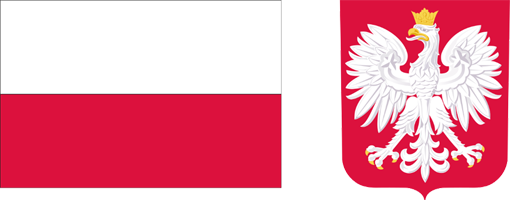Current issue
Archive
About the Journal
Aims and Scope
Editorial Board/Editorial Team
List of reviewers
Publishing process
Publishing Ethics and Malpractice Statement
Personal data protection (GDPR)
Creative Commons License
CrossRef Member / Similarity Check
For Authors
Call for papers
Guidelines for authors
Submitting a manuscript through the editorial system – step by step
For Reviewers
Peer review process
Guidelines for reviewers
Submitting a review – step by step
Contact
RESEARCH PAPER
PLURIACTIVITY OF FARMING FAMILIES IN POLAND STATUS AND CHANGES IN 2013-2016
1
Instytut Rozwoju Wsi i Rolnictwa
Submission date: 2020-01-10
Final review date: 2020-02-18
Acceptance date: 2020-04-20
Publication date: 2020-06-23
Zagadnienia Ekonomiki Rolnej / Problems of Agricultural Economics 2020;363(2):95-109
KEYWORDS
TOPICS
ABSTRACT
The purpose of the article is to present the state and changes in the pluriactivity of farming families in Poland in the years 20132016. The analysis was based on data from the representative farm structure survey (FSS) to which every EU country is required. Its results are as follows: 1) in 2016, only 1.3% of people were pluriactive, while in 2013 this percentage amounted to 31.5%; 2) the diversification of activities other than agriculture, but directly related to an agricultural holding is still carried out by a relatively small percentage of holdings: in 2016 it amounted to 2.9%; 3) over half of house holds with a farm user obtained income from wage labour (the most popular form of work outside a farm, as in the years 20052010) in addition to income from agricultural activity. The most surprising change was an increase of more than half a million persons engaged only in agriculture and a decrease of more than a million of pluriactive persons, and thus an interruption of the multiannual ratio of pluriactive persons in relation to persons engaged only in agriculture, which was 1:3. Possible reasons for this may be the following aspects: a decrease in the number of farms, including farms up to 1 ha, with the largest number of pluriactive persons, return to specialisation, phenomenon of repeasantisation, possible impact of the 500+ programme on abandoning non-agricultural works and finally the possibility of a statistical error in 2016 studies (another study, BAEL, does not show a decrease in the importance of pluriactivity). The matter is important, because the FSS is a source of official national data for EU statistics.
Share
RELATED ARTICLE
We process personal data collected when visiting the website. The function of obtaining information about users and their behavior is carried out by voluntarily entered information in forms and saving cookies in end devices. Data, including cookies, are used to provide services, improve the user experience and to analyze the traffic in accordance with the Privacy policy. Data are also collected and processed by Google Analytics tool (more).
You can change cookies settings in your browser. Restricted use of cookies in the browser configuration may affect some functionalities of the website.
You can change cookies settings in your browser. Restricted use of cookies in the browser configuration may affect some functionalities of the website.



